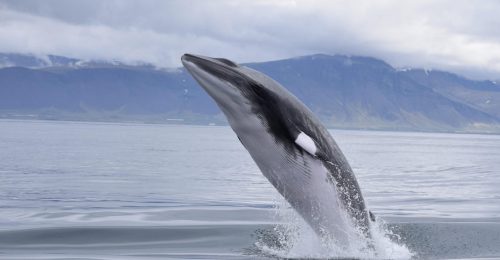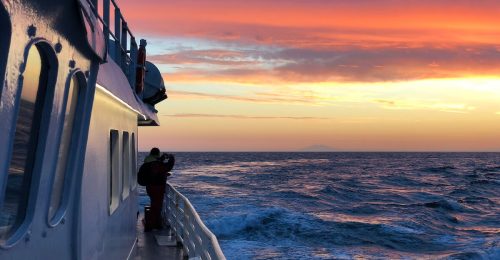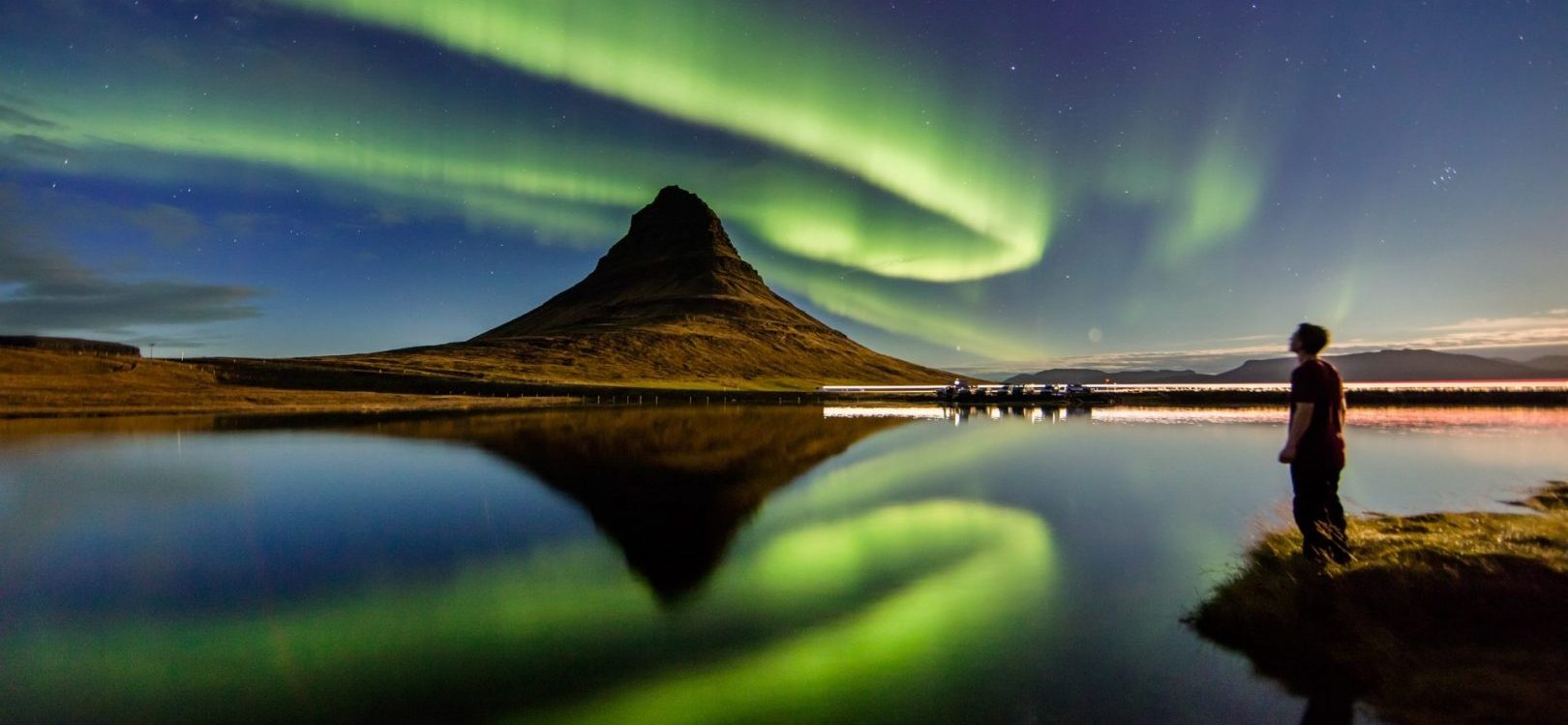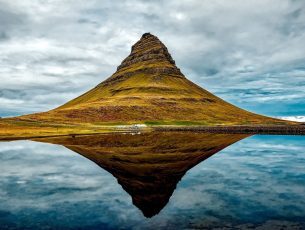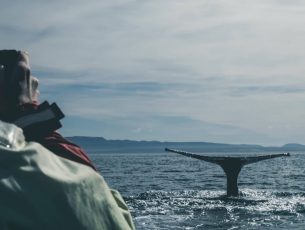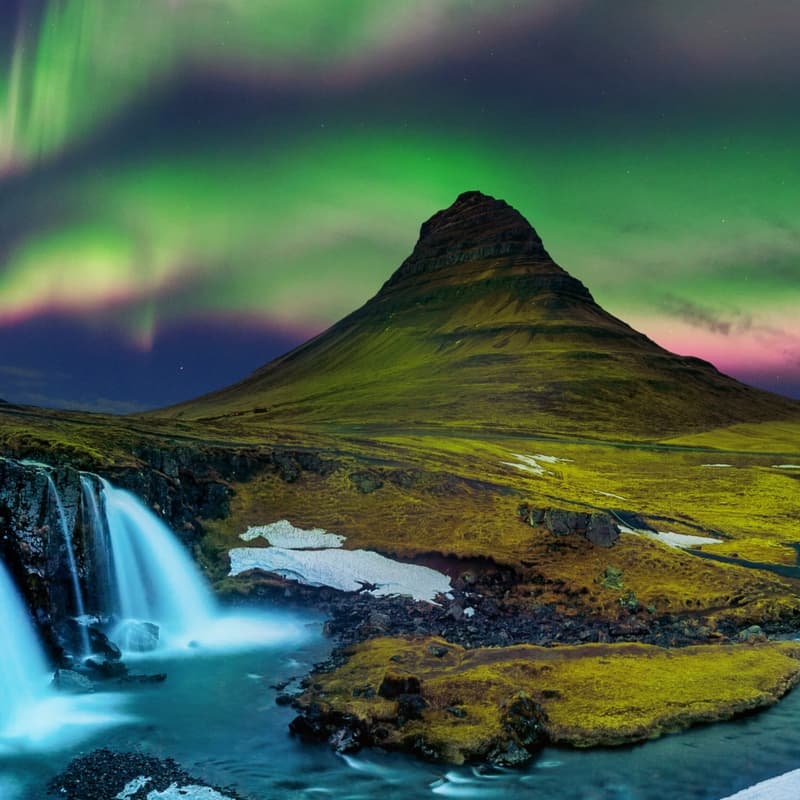Spotting Cetaceans in Beautiful Settings
Whale watching in Iceland is one of the most memorable experiences you can have in a country that already boasts so much natural beauty. Trust us when we stay that as you sit beneath dramatic sea cliffs, drifting calmly as huge whales frolic beneath you, breaching every now and then under the glow of the midnight sun is a moment you’ll treasure.
And it’s not just Humpack, Blue, Fin and Minke whales that you can spot, you can also see white beaked dolphins, puffins, seals, and all manner of marine and bird life on these tours. With expert guides and marine biologists taking you out to sea and with the ideal natural settings for all these animals to congregate, whale watching in Iceland should be a bucket list item for anyone interested in the natural world.
Where to go whale watching in Iceland
Iceland’s ideal location in the midst of two ocean currents means that huge numbers of fish and krill end up in the shallow bays and deep fjords that surround the island. This means that a huge amount of Iceland’s coast is ideal for whale watching.
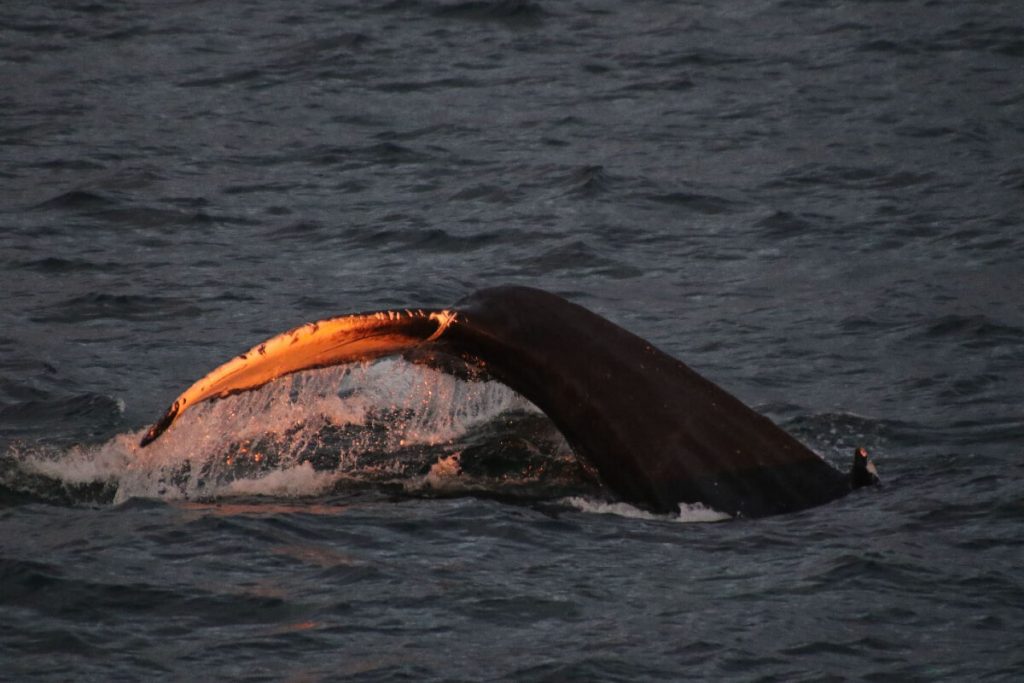
The only questions you really have is how much time do you have, how far off the beaten track you want to get, and what else you want to see whilst you’re in Iceland.
For example, if you’re short on time and want to see the Golden Circle, the Sky Lagoon and have a go at ice caving for example, you may just want to embark on a whale watching tour from Reykjavik. The capital is the most convenient place to head out whale watching, with numerous operators running from the port, and the shallow, nutrient rich bay of Faxaflói providing the perfect home for humpback whales.
If you’re embarking on a once-in-a-lifetime trip around Iceland’s famous ring road however, it’s well worth trying whale watching trips in Snæfellsnes if your dream is to see Orca, or in Akureyri if you want to experience whale watching in the heart of the dramatic Eyjafjörður fjord.
Read this article for even more detail on where to go whale watching in Iceland.
When to go whale watching in Iceland
In general, the best months of the year for whale watching in Iceland are from April through to October. Many whale species tend to spend their winters near the equator, migrating north in the summer months to take advantage of the huge amount of food near the poles.
The summer months are obviously a more comfortable time of year to go whale watching, and you can also enjoy the magic of whale watching under the eerie glow of the midnight sun.
In winter, sightings of whales will be a little more rare, but you will find the tours a lot less busy, and if you find yourself out in the Westfjords, you are actually more likely to catch a glimpse of the top predator in the ocean – the Orca.
Why choose Not In The Guidebooks?
We’re passionate about helping people find the most amazing experiences on their travels, through meeting local people, exploring new places, and discovering alternative activities that make holidays special. We do this by carefully selecting partners in countries around the world who are experts in their local area, sourcing interesting people who can guide you through immersive experiences.
We’ve got local partners all across Iceland, from the wild north coast to the country’s urban centre – Reykjavik. Choosing a Not In The Guidebooks experience in Iceland means you don’t have to choose between a wildlife or an activity-filled break, you can get the best of both worlds with a unique trip.






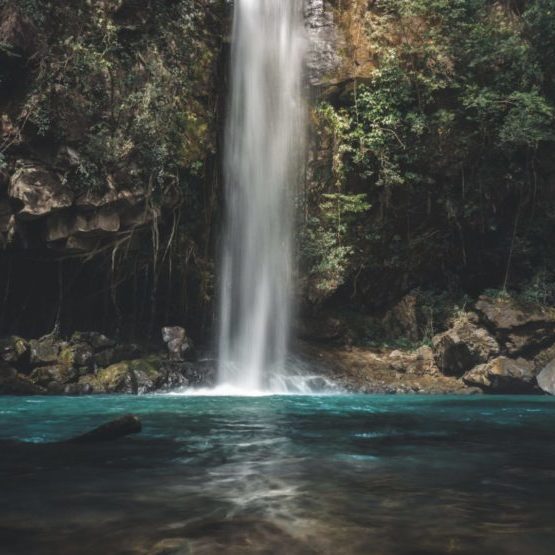
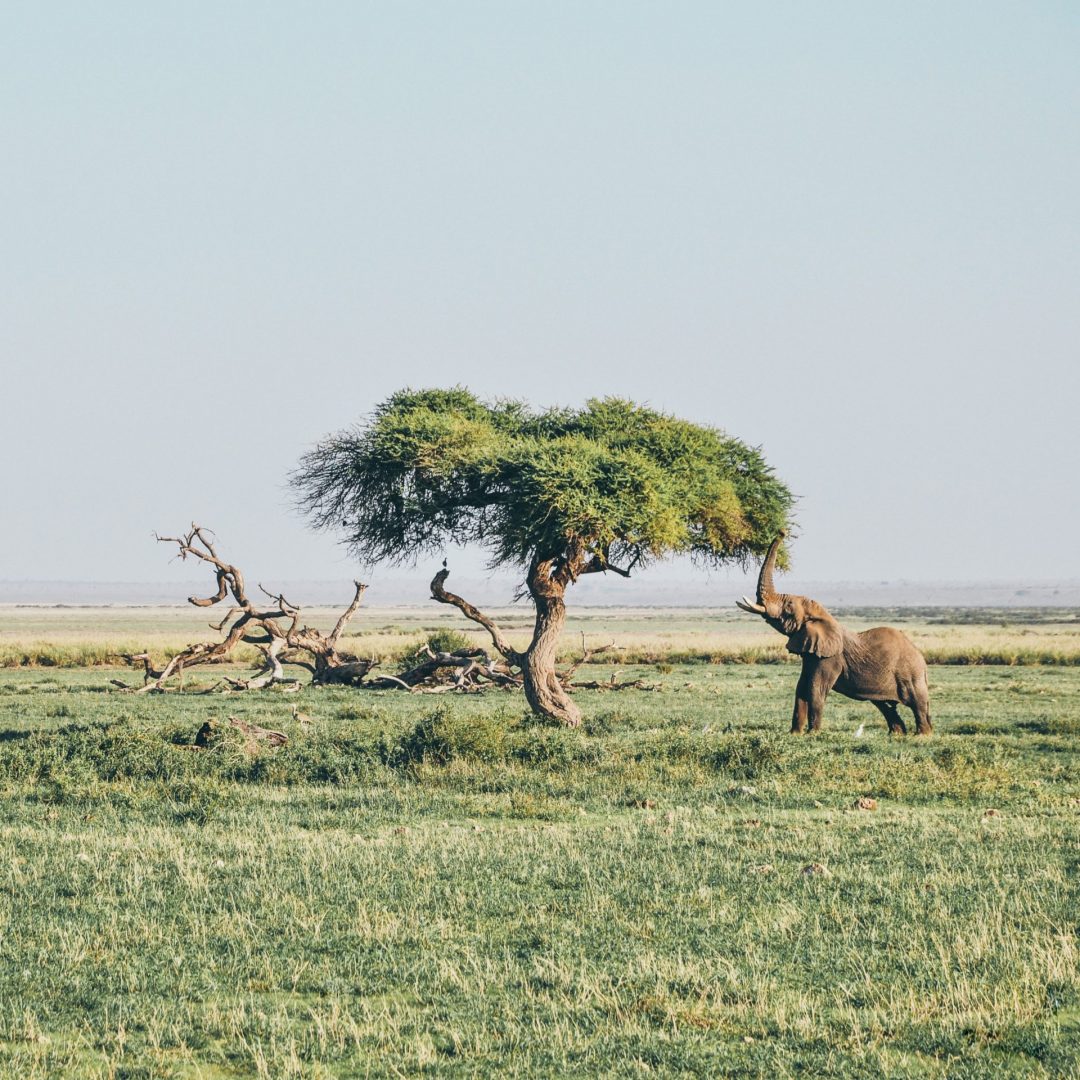

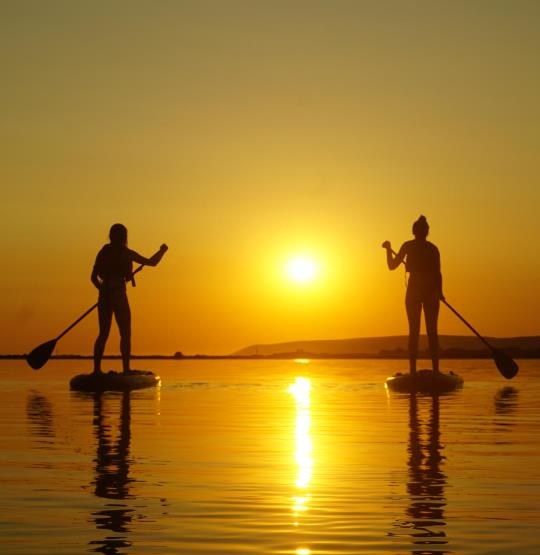

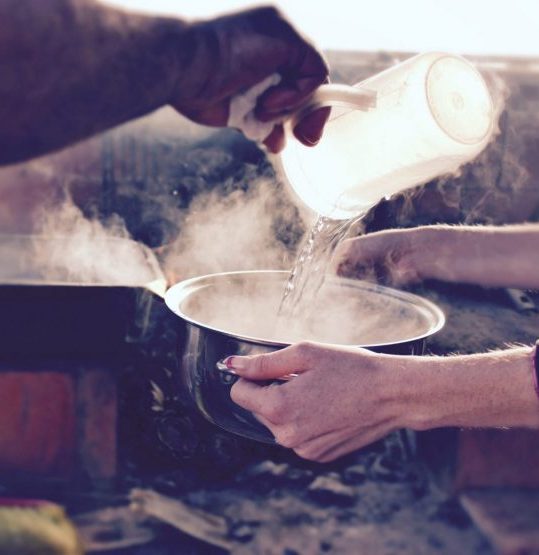

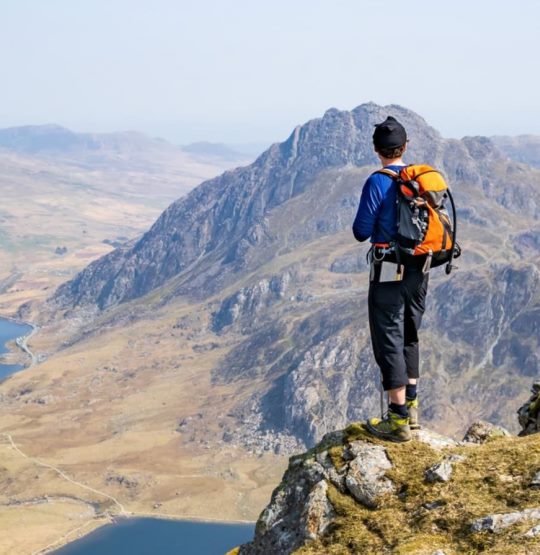
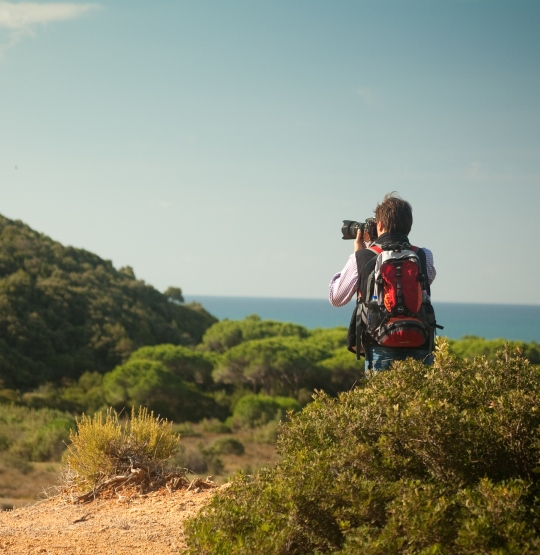


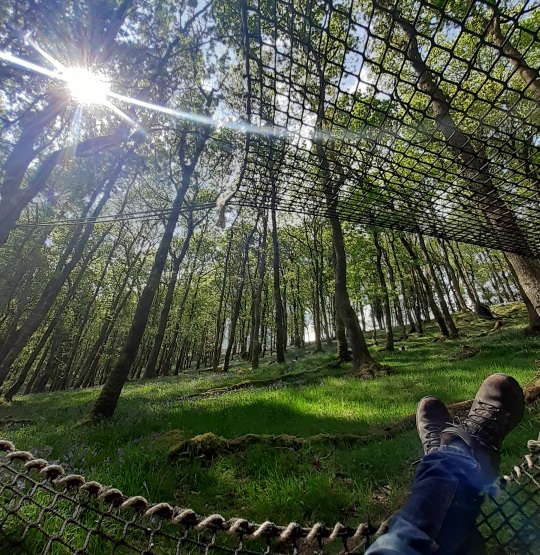

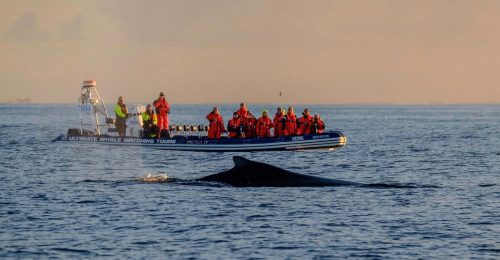
 2 hours
2 hours Iceland
Iceland 